Abroad is too far
2012 - 2014
Abroad is too Far shows some attempts by the government and Chinese real estate developers to offer new mass housing models copied on Western architectures. Beyond the anecdotes, it is the relationship we have with our own heritage and history that is questioned.
China's current evolution is abrupt. Its economic growth—and with it, the improvement of Chinese citizen's lives—is reflected in many aspects of daily life. Moreover, the "80s generation," which was the first to grow up without siblings, was the first to cultivate a certain sense of individualism, which was, up until then, out of place. The leisure industry is thus seeing considerable development, stimulated by the middle class and its desire to discover the world.
With the cooperation of real estate developers, who eye a new and promising market, the authorities have found a display of the thirst for elsewhere of the nouveaux riches. Why would you still want to visit Paris, Venice, or London when you can see the Arc de Triomphe, gondolas, or the River Thames just ten, or even hundreds, of kilometers from your house ? You can enjoy the parks "Window of the World" in Shenzhen, or "The World" in Beijing, which feature the most remarkable buildings in the world in smaller models, but that should have been viewed farther away. Why not offer middle-class Chinese the possibility to live on the Champs Elysées, in Hallstatt, or in Scandinavia, without actually having to abandon their country?
Entire residential neighborhoods have begun to emerge this way. Just around Shanghai you can choose to live in a brand-new building, or even a villa, with German, Dutch, Italian, Spanish, English, Scandinavian, or Canadian inspired architecture. You can dream about strolling in the City of Light under the Eiffel Tower in Hangzhou. You can even own a house whose original version was classified by UNESCO before being copied by the Chinese in Hallstatt-see.
But the construction of these new cities equally responds to other needs. First, you must consider the rapid urbanization that China is currently undergoing. Stimulated by agricultural industrialization, a rural exodus is reaching veritable records, and the predictions for coming years confirm this trend. There is also the emerging middle class that is more at readily and willingly turns customs upside-down: 21st-century Chinese no longer accept sharing cramped homes with two other generations, so it's necessary to find supplemental surface area in cities. Finally, real estate speculation in a market like China leaves thousands of apartments empty.
The pressure on cities is therefore enormous. Urgent measures were implemented. New models of housing had to be conceived, and these "New Towns" respond as much to the problem of urbanization as they do to the new generations' desire for exoticism. However, they offer an alternative to the large, anonymous apartment buildings that are the norm in terms of housing in large Chinese cities.
Problem was that the realization wasn't as efficient as the idea was ingenious.
All of these neighborhoods shot out of the ground like mushrooms. Barely one year went by in between announcing the construction of Hallstatt-see and its opening. The apartments in the New Towns outside of Shanghai were put on the market when there wasn't even one metro station that stopped in the perimeter. And vegetables grown by peasants who saw their land transform in barely a few months still sprout under the Eiffel Tower in Hangzhou.
As a consequence, these new towns have majoritarily become ghost towns. The homes put on sale haven't seen one offer, except for several exceptions and speculators, because they are devoid of any and all convenience (shops, hospitals, schools . . .). What's more, they are very difficult to access and their prices are oftentimes inaccessible for the middle class.
Additionally, given the urgency to construct, the materials used for construction are of poor quality and badly made. Walls are already cracking even when certain apartments don't even have a buyer.
But the most shocking thing in all of this is without a doubt contemporary China's disdain for its own heritage. Traditional residential neighborhoods, such as the hutongs in Beijing, are demolished to make room for soulless tall buildings. You can easily imagine that the nouveaux riches dream of homes that would have more character. But isn't there a certain cynicism in sweeping away your own traditions to important others, which—with their artificial characters—are also deprived of any identity ?
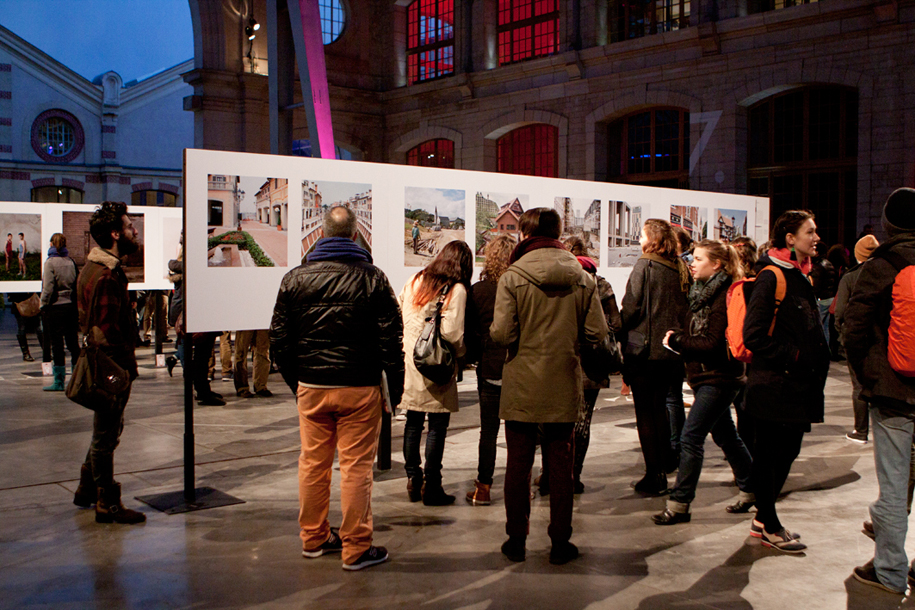 |
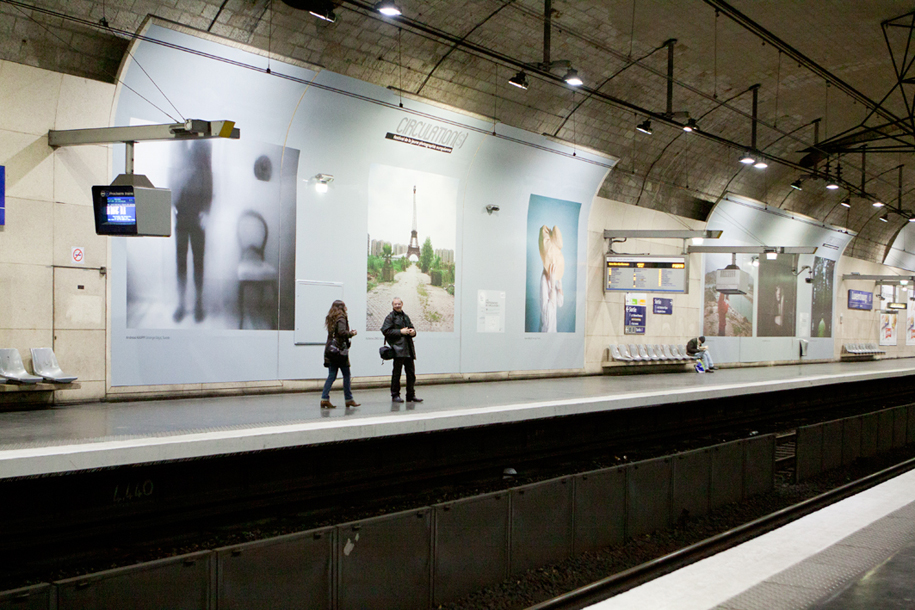 |
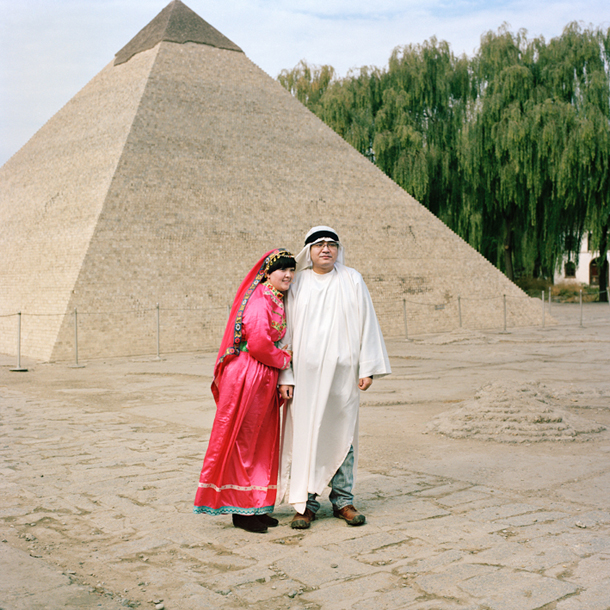 |
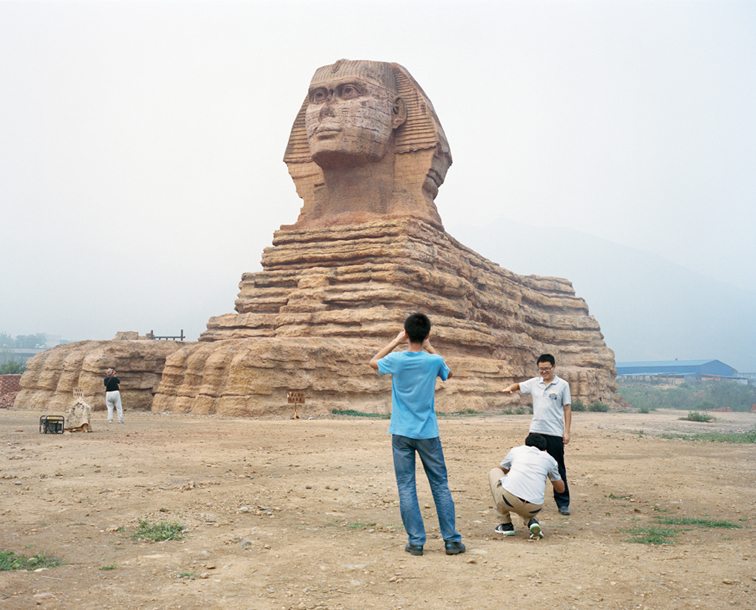 |
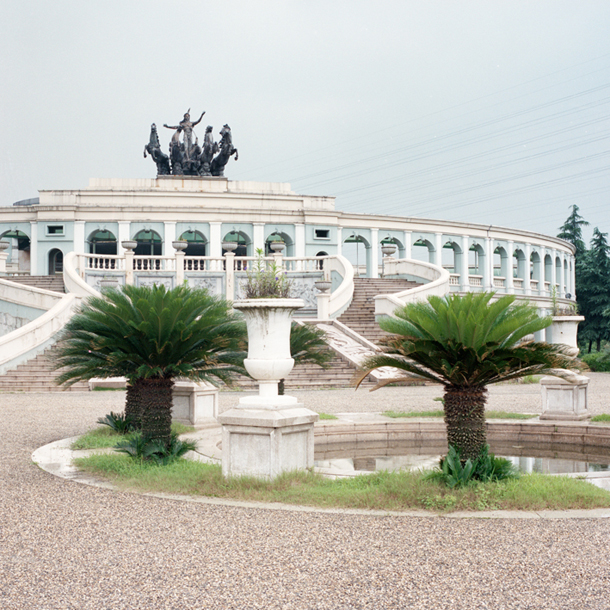 |
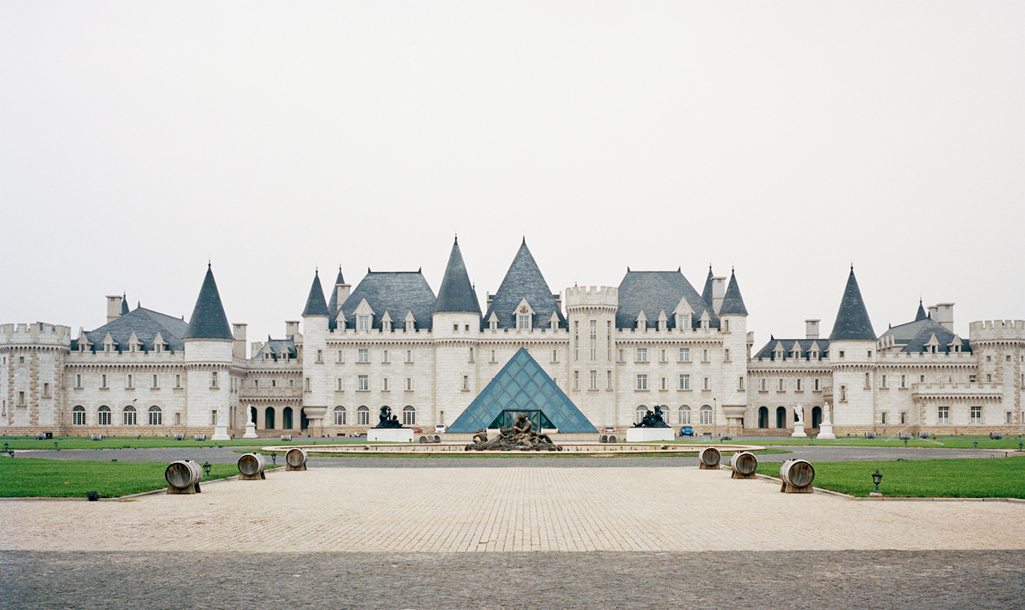 |
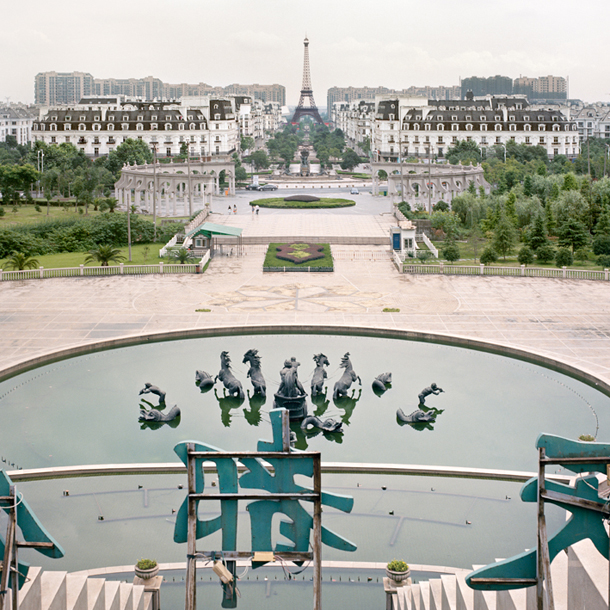 |
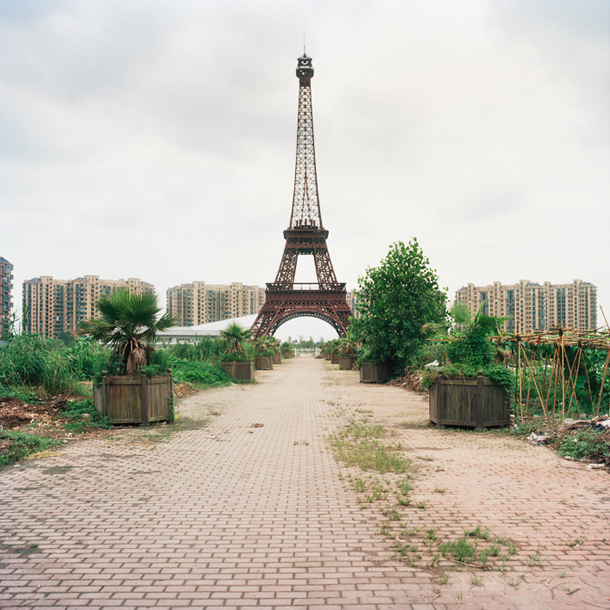 |
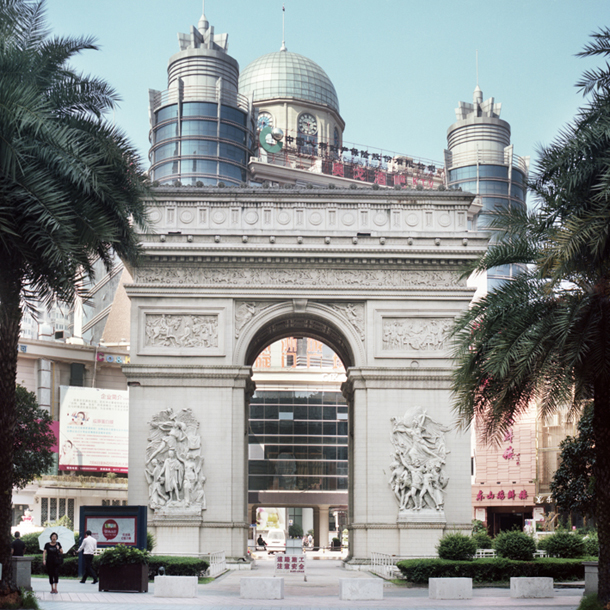 |
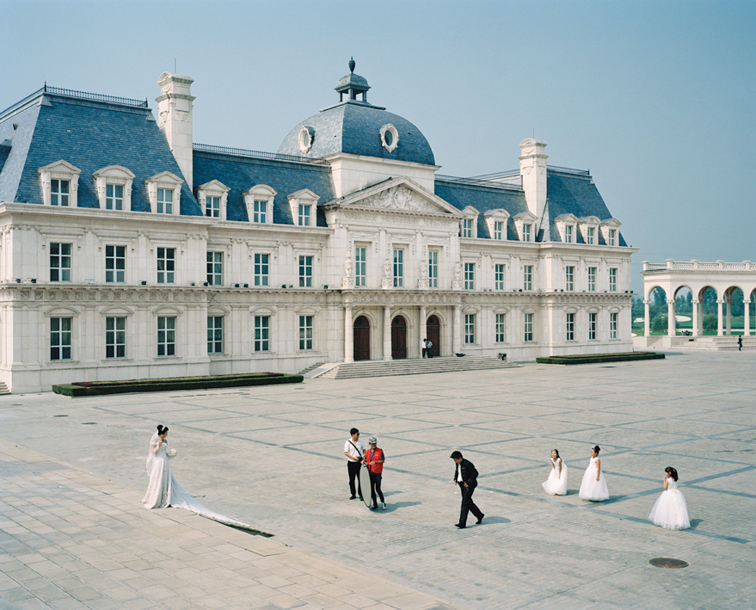 |
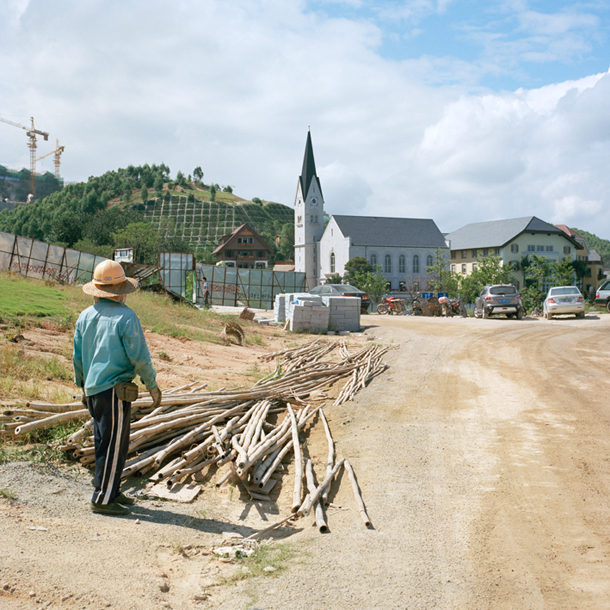 |
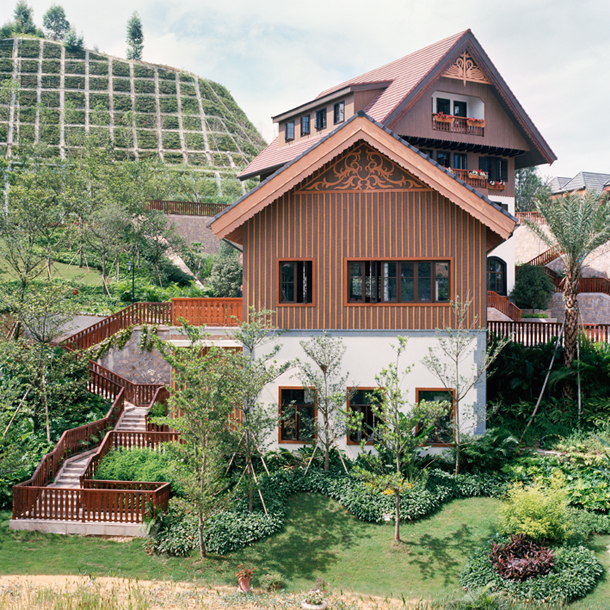 |
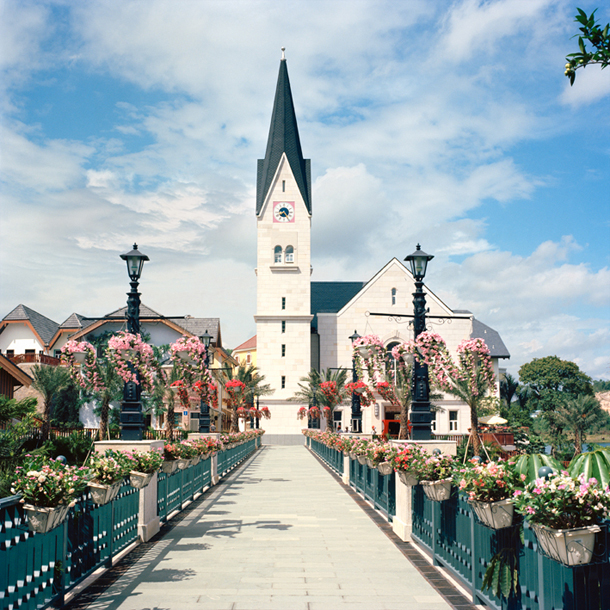 |
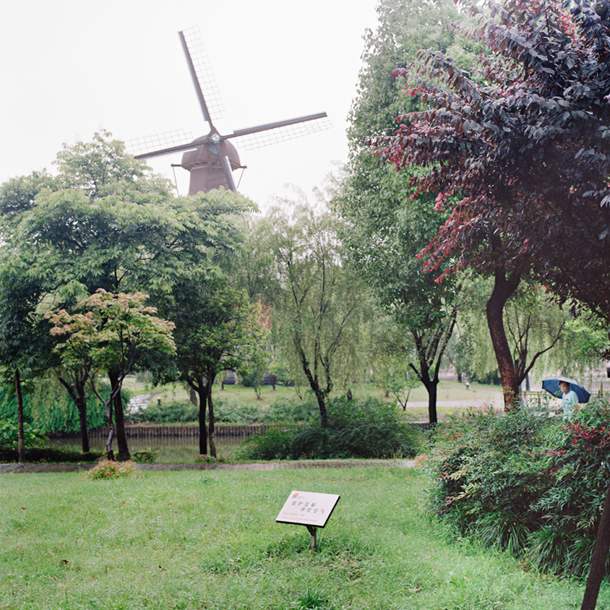 |
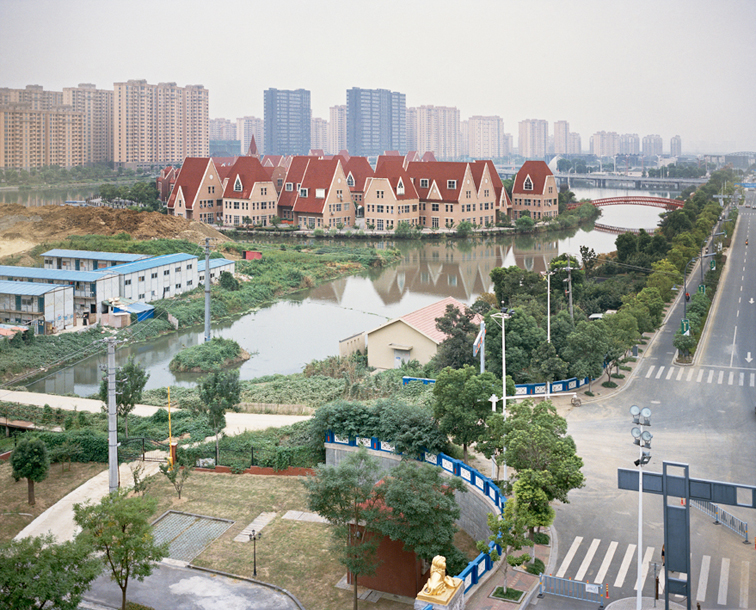 |
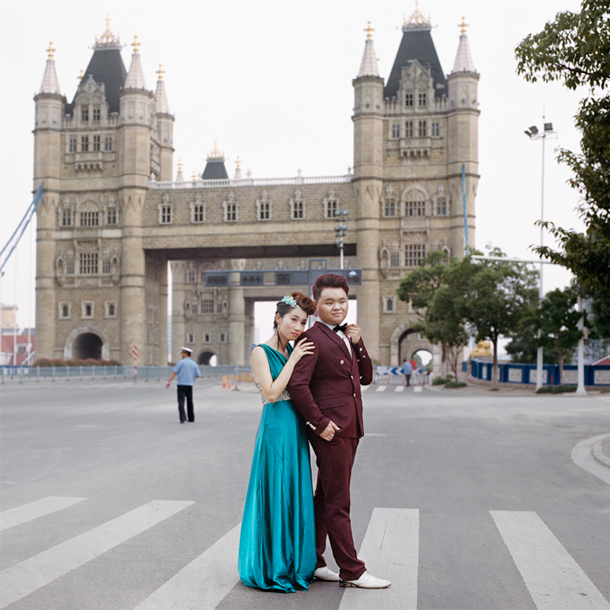 |
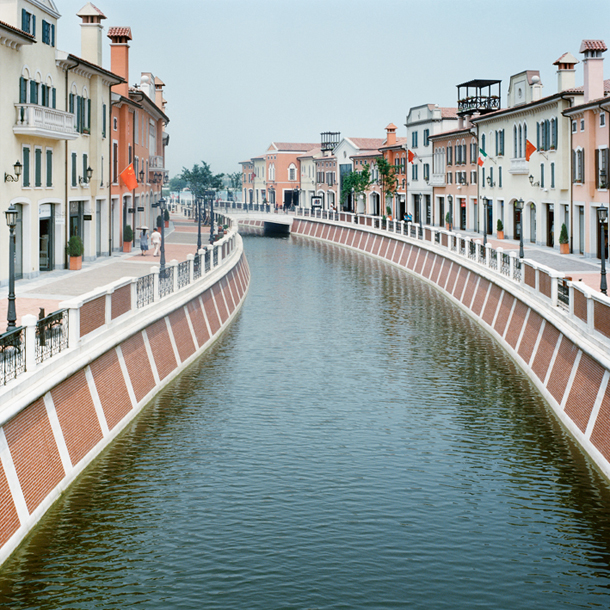 |
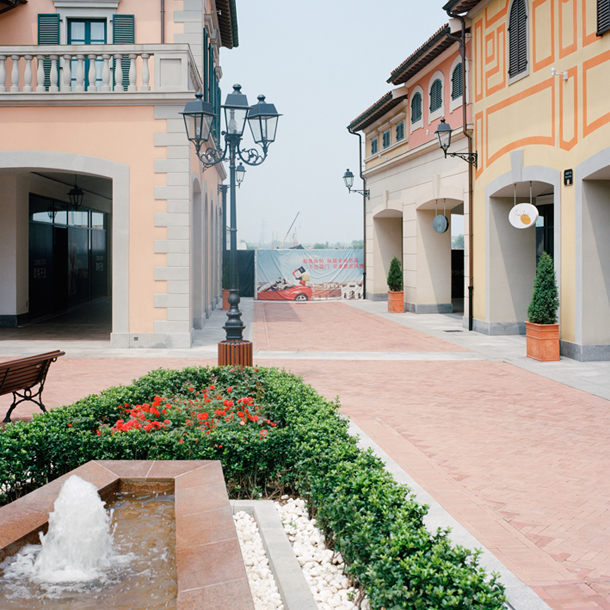 |
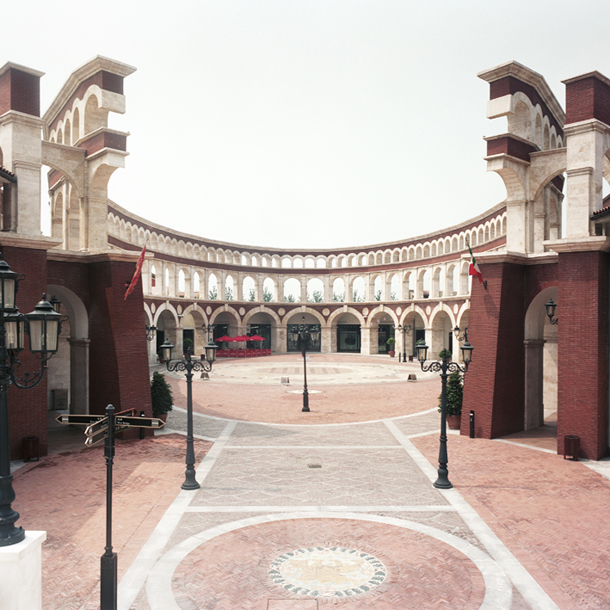 |
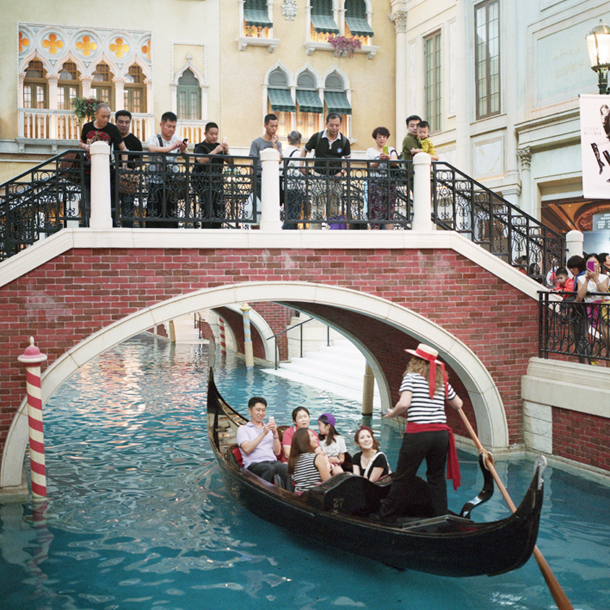 |
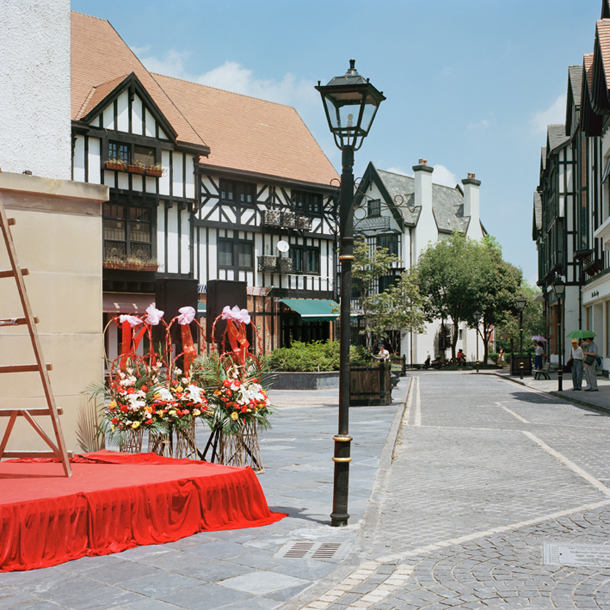 |
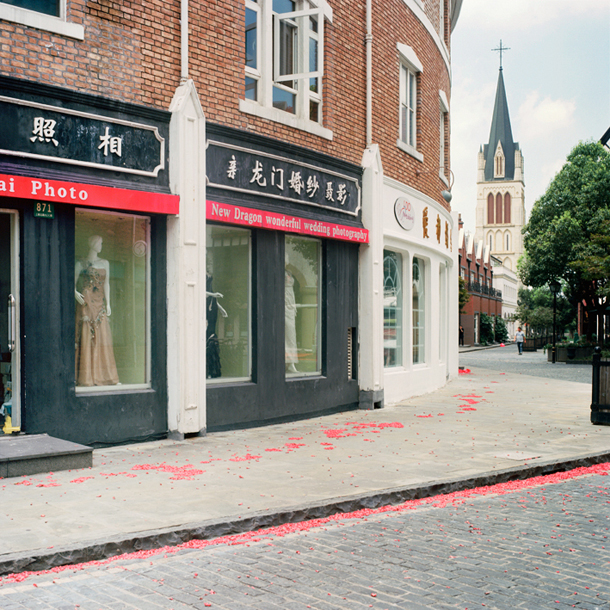 |
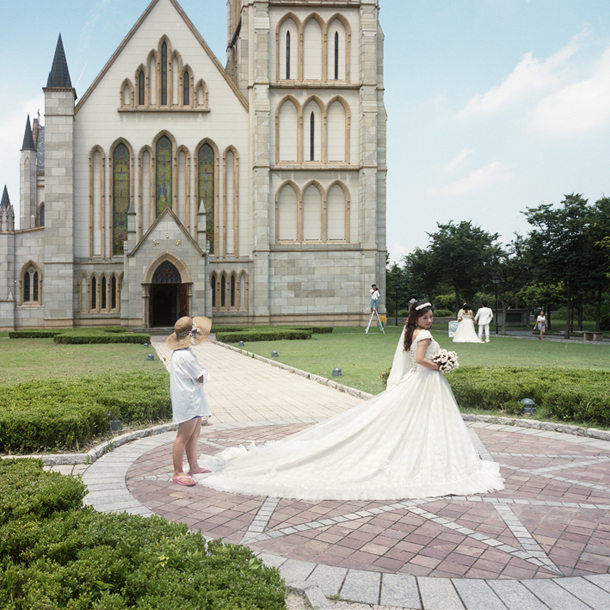 |
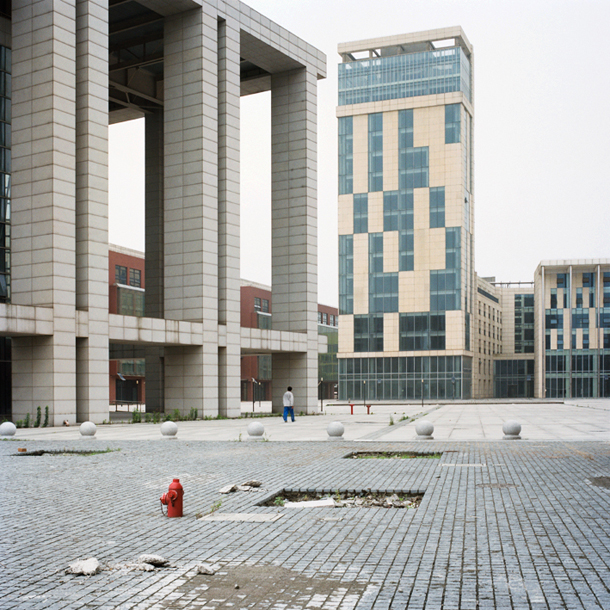 |
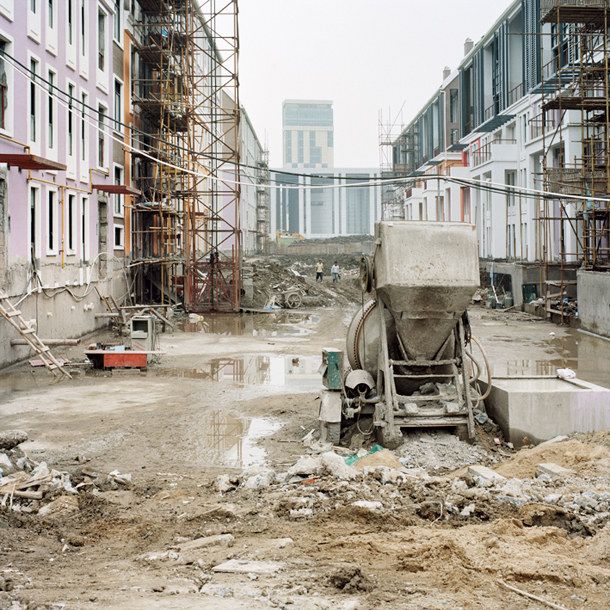 |
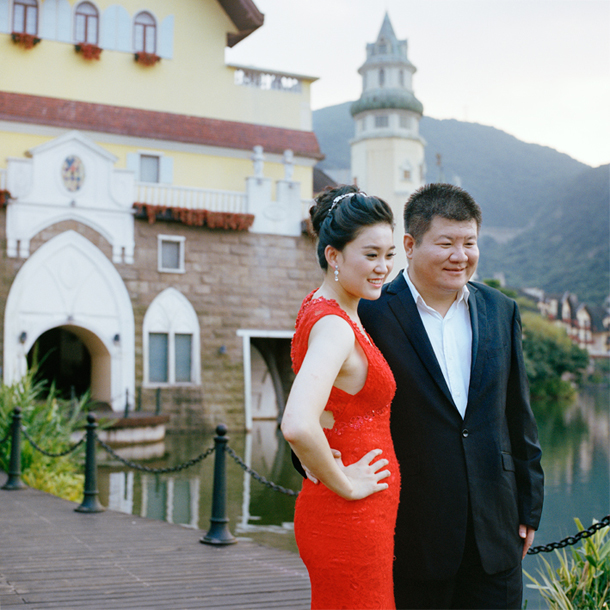 |
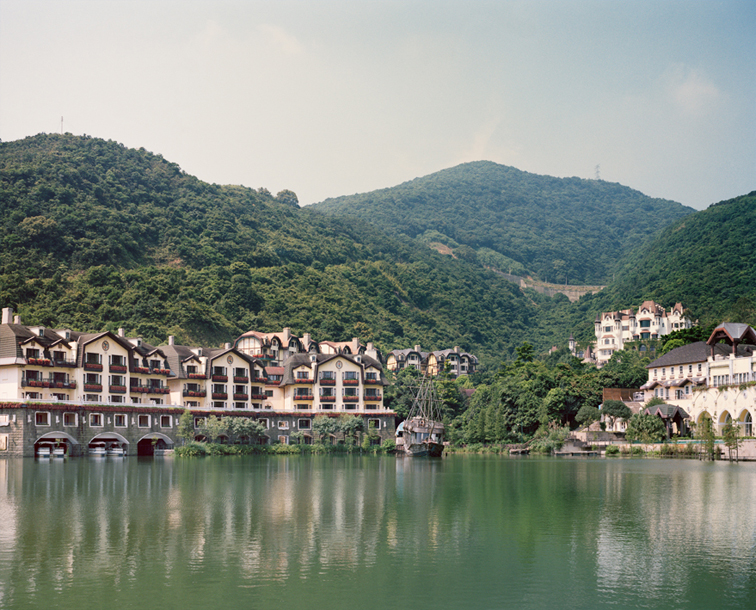 |
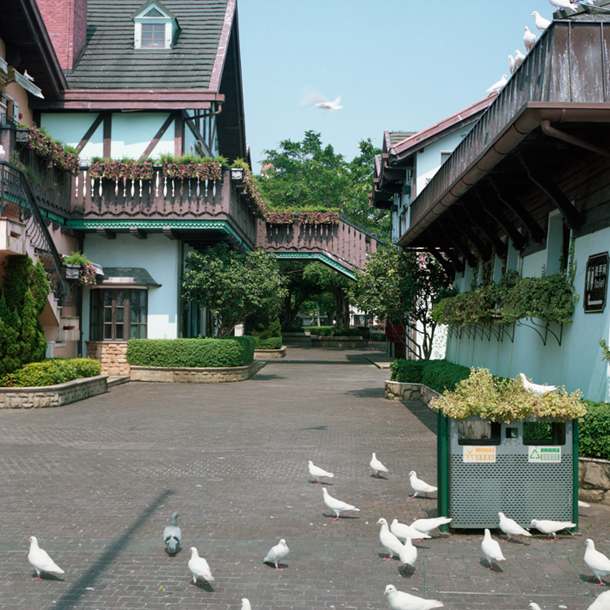 |
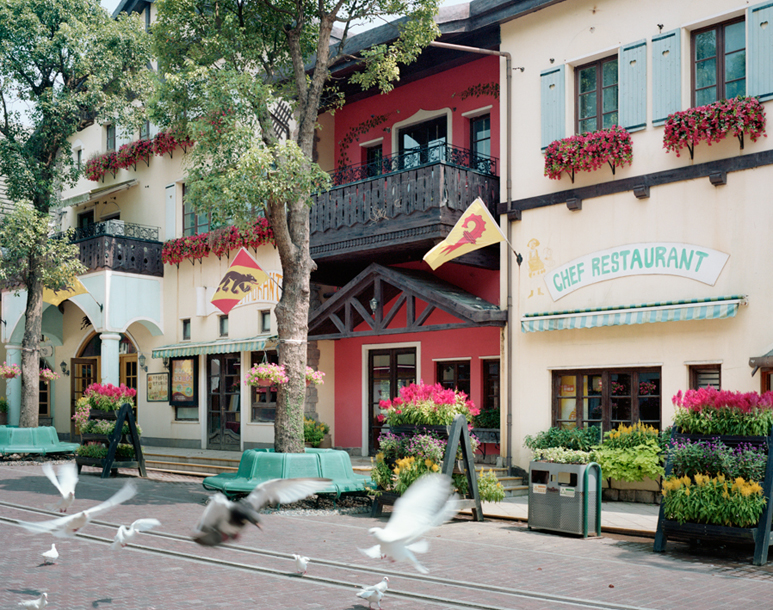 |
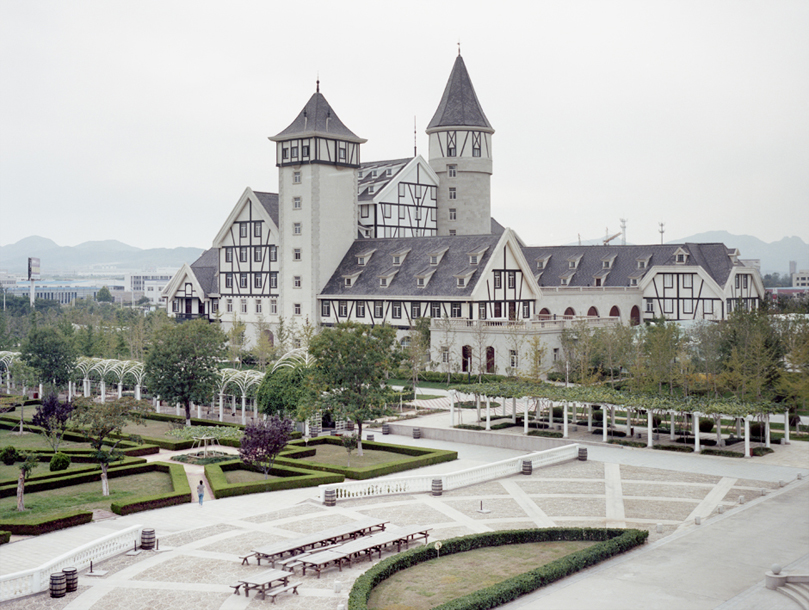 |
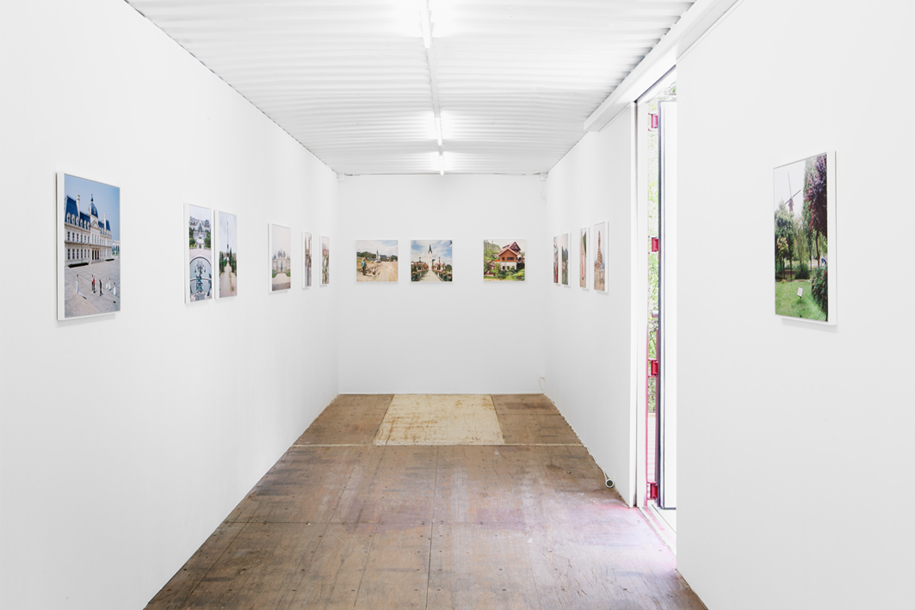 |
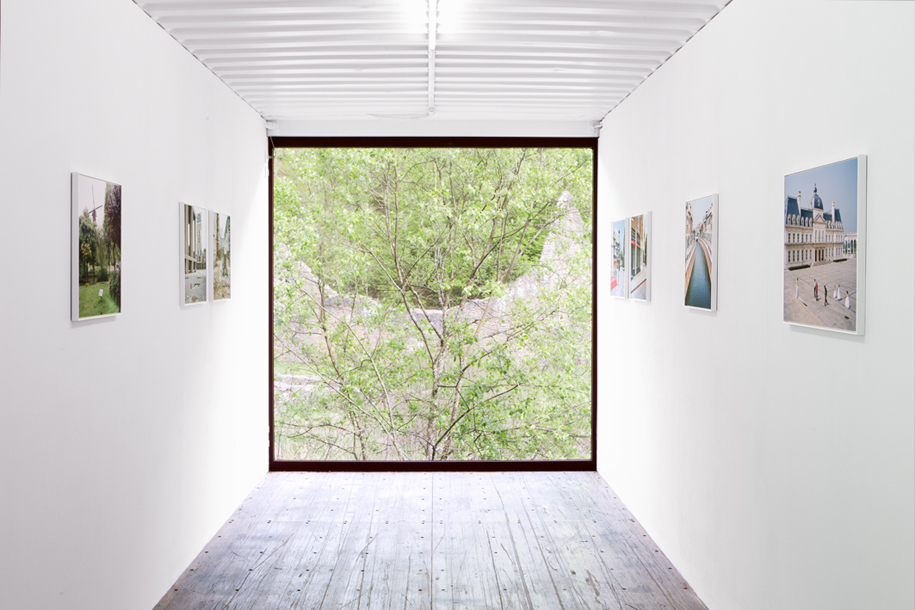 |
